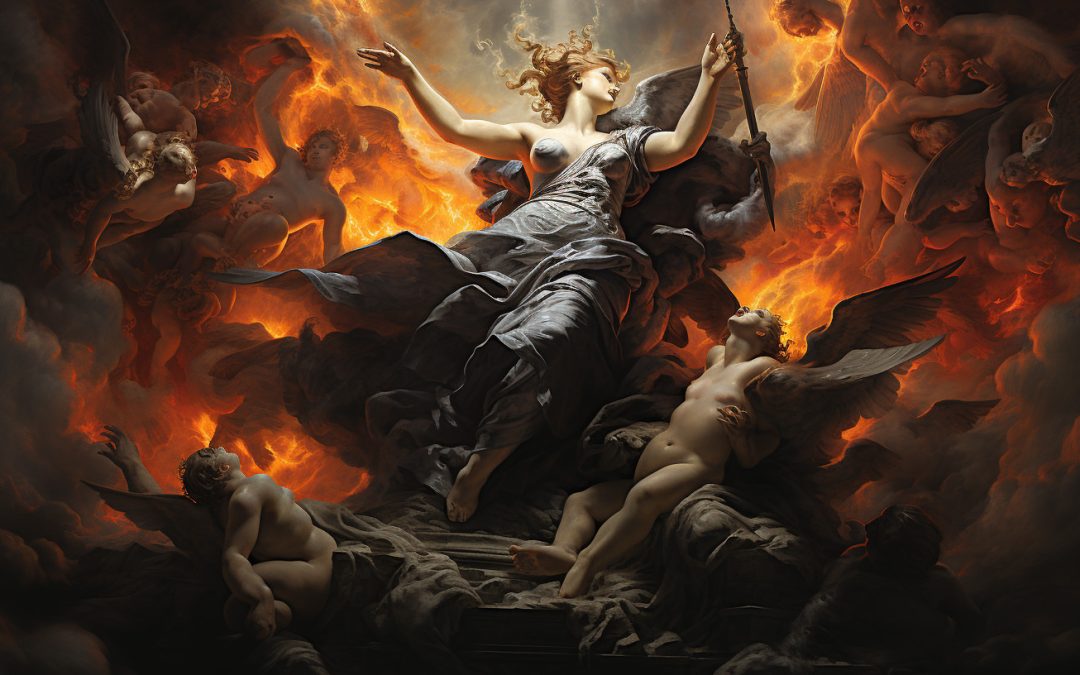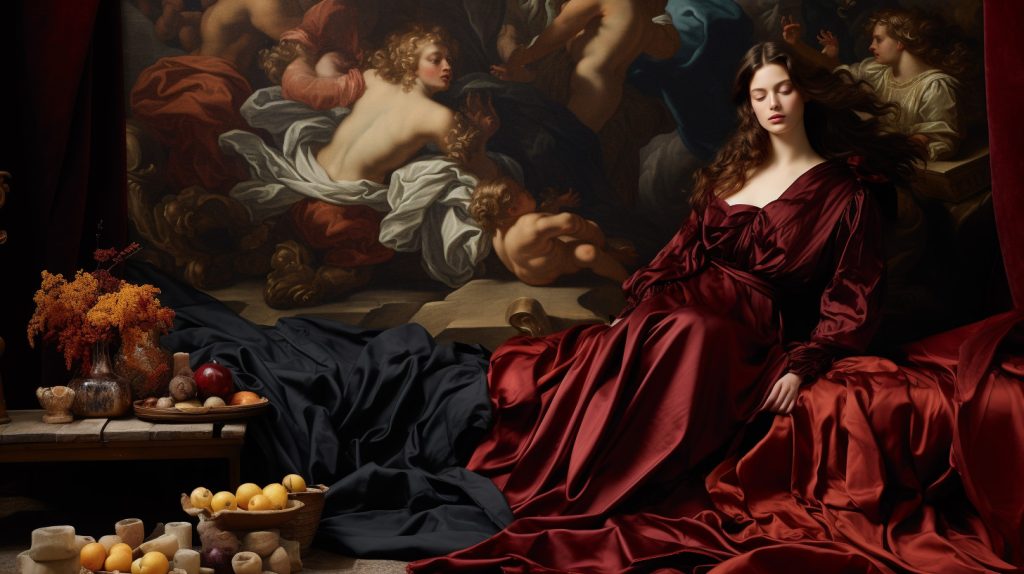Fine Art from the Baroque era, spanning from around 1600 to 1750, was one of the most influential and transformative periods in the history of art. Departing from the measured and harmonious ideals of the Renaissance, Baroque art emerged with a dynamism and intensity that sought to evoke emotion and create a sense of awe. Here, we’ll delve into the captivating world of Baroque fine art, examining its unique characteristics and the masterminds behind its masterpieces.
Characteristics of Baroque Art
Grandeur: Baroque art is often monumental in scale, reflecting the era’s search for grandiosity. Artists intended their works not merely to be seen but to captivate and overwhelm the viewer.
Drama: Whether it’s a biblical scene or a still life, Baroque compositions are fraught with tension and dynamism. The use of chiaroscuro (the play of light and shadow) adds depth and volume, creating a theatrical mood.
Contrast: This period favored intense contrasts, both in color and in themes. Darkness juxtaposed with light, the mortal realm with the divine, and tranquility with tumult – these stark oppositions became the hallmark of Baroque.
Notable Forms of Baroque Fine Art
Architecture: Baroque architecture is distinguished by its ornate detail, curved shapes, and large-scale ceiling frescoes. The interiors of churches became vast theatrical spaces filled with decorations. Notable structures include St. Peter’s Basilica in Rome and the Palace of Versailles in France.
Painting: Baroque painters utilized contrast, movement, exuberant detail, deep color, and a focus on intense moments of action. Some iconic works from this era include Caravaggio’s “The Calling of Saint Matthew” and Rembrandt’s “The Night Watch.”
Sculpture: Baroque sculptures were grand and portrayed subjects in action. Gian Lorenzo Bernini’s marble statue “The Ecstasy of Saint Teresa” captures the moment of divine ecstasy with remarkable detail and emotion.
Key Figures in Baroque Art
Caravaggio: Often dubbed the pioneer of Baroque fine art painting, Caravaggio is renowned for his dramatic use of light and shadow and his realistic depiction of the human state, both physically and emotionally.
Peter Paul Rubens: His canvases are populated by robust, energetic figures and are characterized by the swirling of drapery, dramatic lighting, and a sense of vitality.
Gian Lorenzo Bernini: In sculpture, Bernini stands unmatched, weaving narrative, character, and form seamlessly, making marble seem almost fluid in his hands.
Conclusion: The Lasting Legacy of Baroque Art
The Baroque fine art period, with its grandeur, drama, and contrast, pushed the boundaries of artistic expression. It transformed the way viewers engaged with art, promoting a more immersive and emotional experience. Today, Baroque masterpieces continue to captivate, serving as a testament to an era when art sought to evoke, astonish, and inspire.
Whether you’re an art novice or a seasoned connoisseur, the Baroque era offers a treasure trove of wonders waiting to be discovered. Its profound influence can still be seen and felt in contemporary art forms, reminding us of an age when artists aspired to move not just the eye, but the soul.



